Search for Hyporhamphus australis returned 4,679 results.
Refine results
Refine results
Section
- Species (3,422)
- Site Page (621)
- Data resource (322)
- Biodiversity Science project (159)
- Institution (50)
- Support article (39)
- Common Name (21)
- Data provider (21)
- Species list (12)
- Spatial layer (8)
- Collection (4)
Taxonomic rank
- Species (1,855)
- Unranked (1,131)
- Variety (271)
- Subspecies (146)
- Form (12)
- Genus (3)
- Subvariety (2)
- Infraspecific Name (1)
- Species Group (1)
Image available
- Yes (537)
Lifeforms
- Insects and Spiders (543)
- Crustaceans (106)
- Fungi (84)
- Molluscs (81)
- Fish (61)
- Birds (23)
- Mammals (13)
- Reptiles (12)
- Amphibians (2)
Taxonomic status
- Accepted (1,490)
- Synonym (1,270)
- Heteroptypic Synonym (281)
- Homotypic Synonym (212)
- Misapplied (55)
- Miscellaneous Literature (38)
- unreviewed (32)
- Pro-parte Synonym (15)
- Excluded (12)
- unreviewedSynonym (12)
- Inferred Accepted (2)
- Subjective Synonym (2)
- Inferred Unplaced (1)
Conservation status in Australia
- Endangered (10)
- Vulnerable (10)
- Critically Endangered (3)
Conservation status in ACT
- Endangered (1)
- Vulnerable (1)
Conservation status in NSW
- Vulnerable (7)
- Endangered (6)
- Critically Endangered (1)
- Extinct (1)
Conservation status in QLD
- Vulnerable (6)
- Endangered (4)
- Near Threatened (2)
Conservation status in VIC
- Endangered (10)
- Critically Endangered (7)
- Vulnerable (5)
Conservation status in TAS
- Endangered (6)
- Rare (6)
- Extinct (1)
Conservation status in SA
- Rare (7)
- Vulnerable (5)
- Endangered (4)
Conservation status in WA
- Endangered (4)
- Critically Endangered (3)
- Priority 1: Poorly-known species (3)
- Priority 3: Poorly-known species (3)
- Priority 4: Rare, Near Threatened (3)
Conservation status in NT
- Endangered (3)
- Vulnerable (1)
-
Biodiversity Science project: EchidnaCSI
We want to learn more about echidnas! Where they are, what they are doing and if they are healthy - so we can work towards their conservation. How can you help? By taking photos and collecting scats (i.e. poo). Although an iconic native Australian animal, we do not know much about echidnas’ wild populations. The only well studied echidnas are on Kangaroo Island in South Australia, where this population is now listed as Endangered...
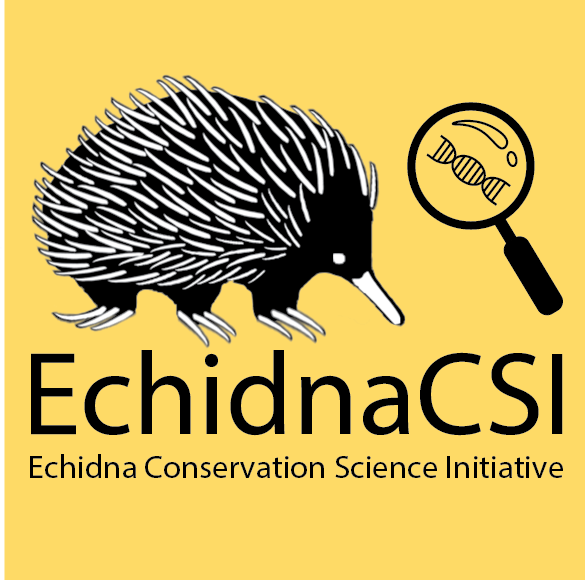
-
Biodiversity Science project: Cat's claw creeper biocontrol
Macfadyena unguis-cati Cat's claw creeper, yellow trumpet vine, funnel vine Cat's claw creeper is a [Weed of National Significance](http://weeds.ala.org.au/WoNS/catsclawcreeper/) in Australia. It is a perennial noxious climbing weed found most commonly in coastal and sub-coastal regions of Qld and NSW. Cat's claw creeper poses a threat to biodiversity as it produces three-forked claw-like tendrils which allow it to attach itself to standing structures, eventually smothering them...
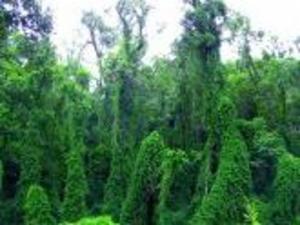
-
Biodiversity Science project: Horehound biocontrol
Marrubium vulgare Horehound Horehound in a perennial weed found widespread in southern Australia. It invades disturbed bushland, farmlands and rocky outcrops, decreasing pasture productivity as animals avoid grazing due to its bitter alkaloid taste. The spiny burrs of horehound also decrease the value of wool contribute to the spread of the weed as burrs attach to the fleece of animals and disperse as they graze...
-
Biodiversity Science project: Mozzie Monitors
Mozzie Monitors is a citizen science program on mosquito surveillance which was launched in June 2018 in SA by the Associate Professor Craig Williams (University of South Australia) and his research group Healthy Environments, Healthy People. The project was originally crowd-funded, with a news and fund-raising campaign run by UniSA...

-
Biodiversity Science project: #NatureNearYou Challenge
Friday May 22nd is International Day for Biodiversity, the day the world celebrates the incredible diversity of life on earth and the international Convention that aims to protect it. Australia is one of the most diverse countries on earth, so we have a lot to celebrate, but we also have one of the world’s worst records for extinction. We have more extinct mammals than any other nation and nearly 2000 plants, animals and ecosystems under threat...
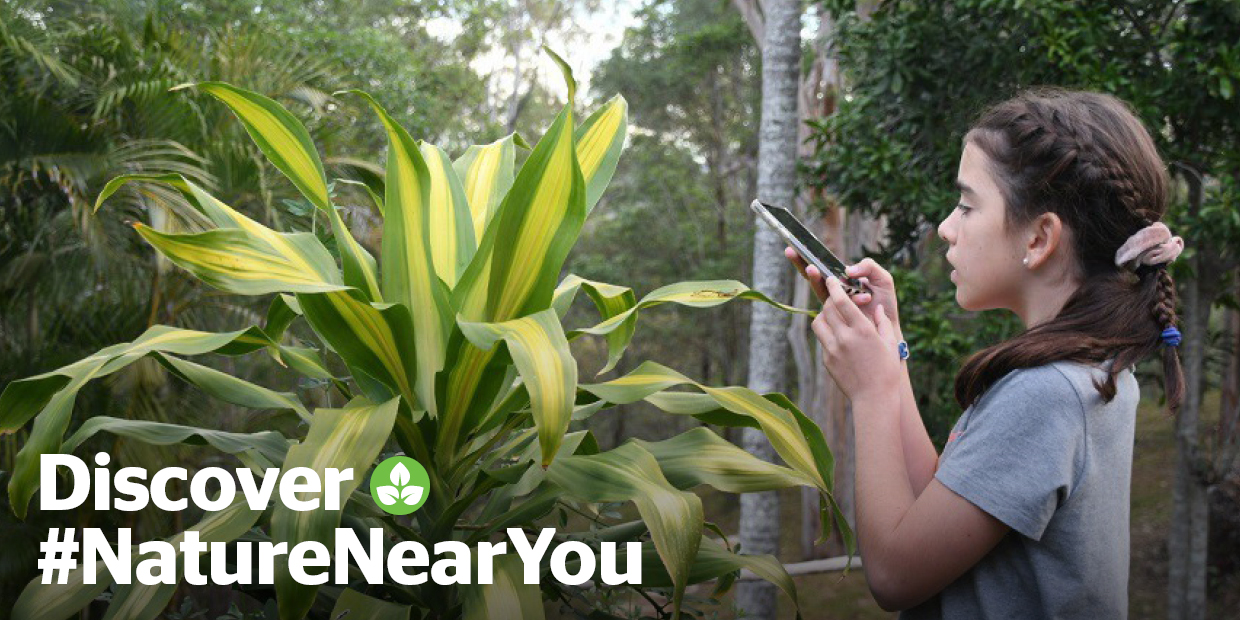
-
Biodiversity Science project: Koala Program
Koala presence is mapped using Koala sightings by our members and the general public, and also data from field surveys for koala scats (droppings) under trees. Between January 2015 and the end of 2019 we have gathered over 2500 records of koala presence...
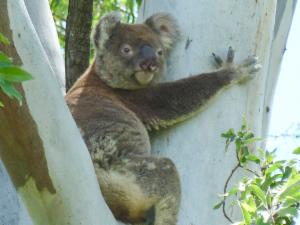
-
Biodiversity Science project: Gorse biocontrol
Ulex europaeus Gorse Gorse is a highly invasive [Weed of National Significance](http://weeds.ala.org.au/WoNS/gorse/), that adversely impacts biodiversity and agriculture in Australia. Four biological control agents have been released for gorse: 1. [Gorse seed weevil *Exapion ulicis*](https://bie.ala.org.au/species/urn:lsid:biodiversity.org.au:afd.taxon:ff3790c3-768f-4739-8203-bfba5e3e96fc) 2. [Gorse spider mite *Tetranychus...

-
Biodiversity Science project: Have you seen a sawfish?
“Your sightings, no matter how long ago they happened, will help us work out how many sawfish there used to be, how many remain, and how we can help them recover,” says Dr Barbara Wueringer, a zoologist and the director of Sharks and Rays Australia (SARA). Forty years ago, sawfish were regularly seen off Sydney and the east coast, and Perth and up the west coast. Today they’re rarely seen outside of the Gulf of Carpentaria, NT and the Kimberley...
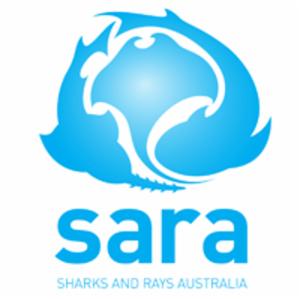
-
Support article: Managing project members
BioCollect provides different levels of access for project members. As a project admin, you can add and remove members, and change their permission levels. Anyone with an Atlas of Living Australia (ALA) account can view unembargoed records in your project. If your survey is ‘open to public users’ (controlled in Survey settings) then anyone with an ALA account can also create records and edit and view any records they have created...
-
Support article: ALA data standards
What are biodiversity data standards Different researchers and institutions capture and store data in the forms and combinations which best meet their needs. However, to make this data more widely accessible and to ensure it can be reused for different purposes, data providers need to consider the most appropriate way to expose their data. They need to decide which structures and terms will be best recognised by others...